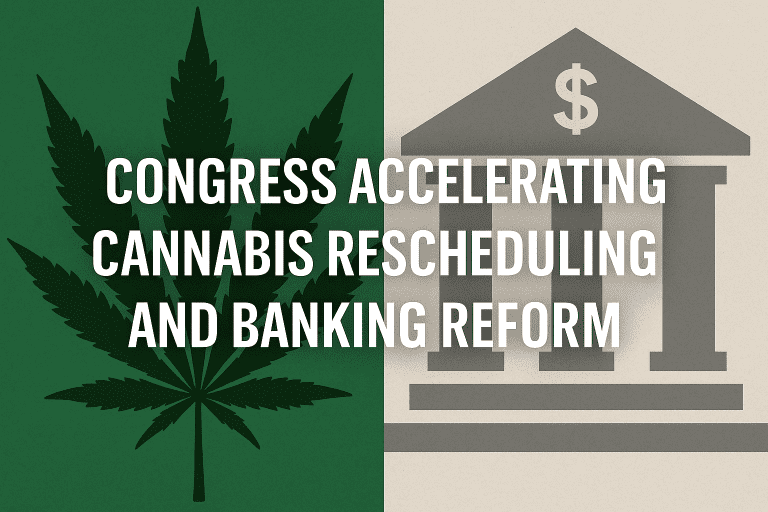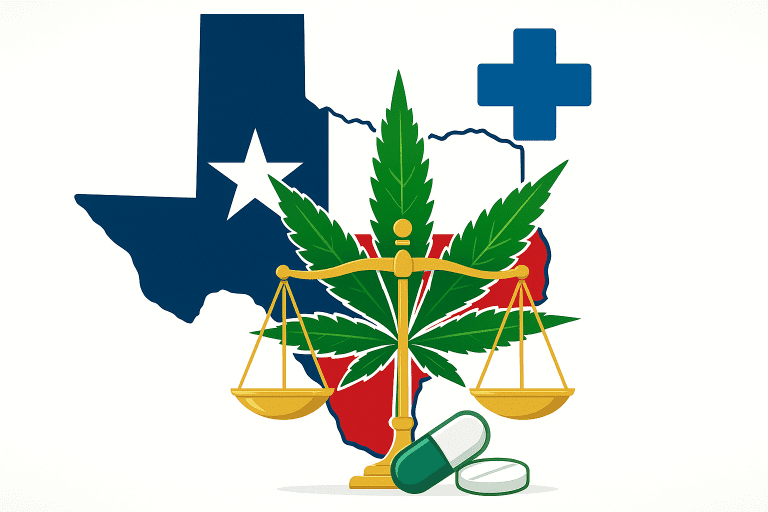Introduction to Minnesota’s Cannabis Journey
Minnesota’s journey with cannabis has been a long and winding one, marked by periods of prohibition, decriminalization, and medical legalization. The state’s relationship with this plant has evolved significantly over the years, reflecting changing societal attitudes and scientific understanding of its potential therapeutic benefits. This section provides an overview of Minnesota’s cannabis journey, from its early history to the present day.
Early History of Cannabis in Minnesota
Like many other states, Minnesota initially had a prohibitive stance towards cannabis. The state’s first cannabis law, enacted in 1935, classified marijuana as a narcotic and imposed severe penalties for its possession, sale, and use. This law reflected the nationwide trend towards cannabis prohibition in the early 20th century, driven by fears about its alleged harmful effects.
Decriminalization and Medical Legalization
Minnesota’s attitude towards cannabis began to change in the 1970s, in line with broader shifts in public opinion. In 1976, the state decriminalized the possession of small amounts of marijuana, reducing the penalty from a felony to a petty misdemeanor. This was a significant step forward, but it was not until several decades later that Minnesota would take the next big leap in its cannabis journey.
In 2014, Minnesota became the 22nd state to legalize medical marijuana, following a lengthy and contentious legislative process. The state’s medical marijuana program, overseen by the Minnesota Department of Health, allows patients with certain qualifying conditions to use cannabis for therapeutic purposes. This marked a major milestone in Minnesota’s cannabis journey, reflecting a growing recognition of the plant’s potential medical benefits.
Current Status of Cannabis in Minnesota
Today, Minnesota’s medical marijuana program continues to evolve, with ongoing efforts to expand patient access and improve the program’s effectiveness. However, recreational use of marijuana remains illegal in the state, reflecting ongoing debates about the risks and benefits of cannabis legalization.
Despite these challenges, Minnesota’s cannabis journey is far from over. As societal attitudes continue to shift and scientific research advances, the state’s relationship with this plant is likely to continue evolving in the years to come.
For more information on Minnesota’s cannabis history and current laws, please refer to the following sections: “What is Minnesota’s Cannabis History?” and “A Timeline of Minnesota’s Cannabis History.”
What is Minnesota’s Cannabis History?
Minnesota’s history with cannabis is a fascinating journey that reflects the changing attitudes towards this plant across the United States. From the early days of prohibition to the recent legalization of medical marijuana, the state’s relationship with cannabis has evolved significantly over the years.
Early History
In the early 20th century, like many other states, Minnesota followed the federal government’s lead in criminalizing cannabis. The state’s first anti-cannabis law was enacted in 1935, making it illegal to possess, sell, or use marijuana. This law was part of a nationwide trend towards prohibition, fueled by misinformation and fear about the supposed dangers of cannabis.
Shift Towards Decriminalization
By the 1970s, attitudes towards cannabis began to change. In 1976, Minnesota became one of the first states to decriminalize possession of small amounts of marijuana. Under the new law, possession of up to 42.5 grams of marijuana was considered a petty misdemeanor, punishable by a fine but not jail time. This was a significant step forward in the movement towards cannabis reform. [source]
Medical Marijuana Legalization
In 2014, Minnesota took another major step forward by legalizing medical marijuana. The state’s medical marijuana program allows patients with certain qualifying conditions to use cannabis for therapeutic purposes. The program is regulated by the Minnesota Department of Health, which oversees the registration of patients and the distribution of medical cannabis. [source]
- 2014: Medical marijuana legalized
- 1976: Decriminalization of small amounts of marijuana
- 1935: First anti-cannabis law enacted
Today, Minnesota’s medical marijuana program serves thousands of patients across the state, providing them with safe and legal access to cannabis for therapeutic purposes. While the state has not yet legalized recreational marijuana, the success of the medical marijuana program suggests that further reform may be on the horizon.
Minnesota’s cannabis history is a testament to the power of advocacy and the potential for change. As attitudes towards cannabis continue to evolve, it will be interesting to see how the state’s relationship with this plant continues to develop in the years to come.
A Timeline of Minnesota’s Cannabis History
Minnesota’s journey with cannabis has been a long and winding one, marked by periods of prohibition, decriminalization, and medical legalization. This timeline provides an overview of the key events that have shaped the state’s cannabis history.
1930s: Cannabis Prohibition
Like many other states, Minnesota followed the federal government’s lead in the 1930s and prohibited the use, sale, and cultivation of cannabis. This was largely due to the Marihuana Tax Act of 1937, which effectively criminalized cannabis nationwide. [source]
1976: Decriminalization
In 1976, Minnesota took a progressive step and decriminalized cannabis. Under the new law, possession of up to 42.5 grams of cannabis was considered a petty misdemeanor, punishable by a fine but not jail time. [source]
2014: Medical Marijuana Legalization
After years of advocacy by patients and healthcare professionals, Minnesota legalized medical marijuana in 2014. The law allows patients with certain qualifying conditions to use and possess medical marijuana. However, the law is restrictive compared to other states, with smoking cannabis still prohibited. [source]
Present Day: Expansion of Medical Marijuana Program
Today, Minnesota’s medical marijuana program continues to evolve. In recent years, the list of qualifying conditions has expanded to include chronic pain, age-related macular degeneration, and other conditions. [source]
While Minnesota’s cannabis history has been marked by periods of prohibition and decriminalization, the state has shown a commitment to providing access to medical marijuana for patients in need. As the state continues to refine its medical marijuana program, it will be interesting to see what the future holds for cannabis in Minnesota.
References:




















